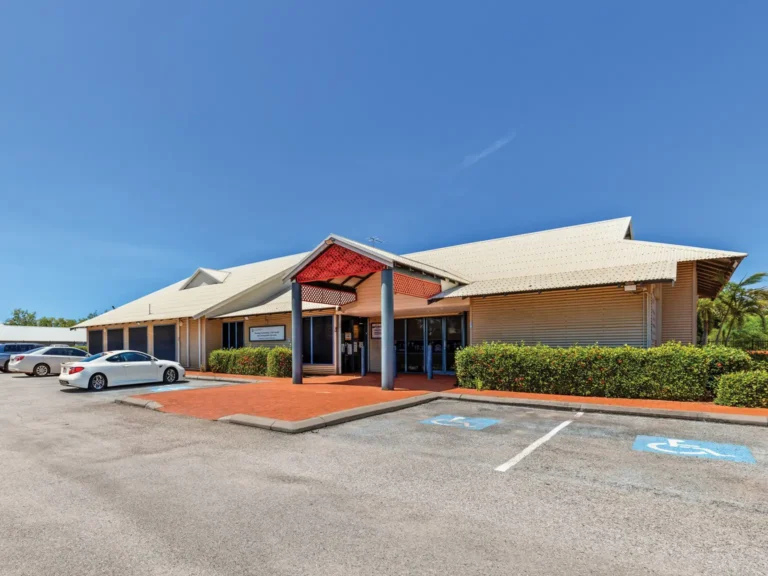Social infrastructure: Latest Buzzword or Emerging Super-Sector?
15/09/2023

So, what is social infrastructure?
Social infrastructure is comprised of the facilities, spaces, services, and networks that support the quality of life and well-being of our communities.
Put simply, this emerging supersector encompasses everything we consider to be essential to life, including disability and aged care, health, government services, education, and veterinary care. Undeniably, two of the biggest sectors under this umbrella are early education and healthcare.
As market leaders in both early education and healthcare, Burgess Rawson has seen these assets become proven must-haves for investor portfolios. Importantly, what these industries have in common is continuous government funding and intervention, both of which bring confidence to investors seeking low-risk, future-proof income streams.
We know that government funding for early education has never been greater, with population growth and workforce participation driving unprecedented demand for this essential service. These factors contribute to exceptional fundamentals, which are further underpinned by strong tenant covenants and long-term lease commitments. Over the next four years, the Federal Government plans to invest a further $4.7 billion into early education, in addition to state investment.
In health, federal government funding over 2022-23 is estimated at $105.8 billion, representing 16.8% of its total expenditure, in addition to state funding.
This continued investment across these sectors alone indicates the phenomenal growth we can expect to see across the social infrastructure landscape.
REA Group Economist Anne Flaherty said more investors are targeting early learning, health, and other social infrastructure assets in order to future-proof their portfolios and achieve defensive income amid growing economic volatility.
“As economic conditions become more uncertain, this is driving more investors to the sector. Over the past two years, the total funds under management in Australian healthcare real estate, for instance, has nearly doubled, up from $9.2 billion to $18 billion between June 2020 and June 2022.
“Underpinning the future success of health and childcare assets are population growth as well as government expenditure.
“Australia’s population is forecast to grow by 5.7 million people over the next 20 years. Currently, around 17 per cent of Australians are aged 65 or over which is predicted to hit 20 per cent over the next 10 years.’ Ms Flaherty said.
Burgess Rawson Partner, Shaun Venables said social infrastructure assets are generally lower risk than assets such as shares, as they’re underpinned by strong investment fundamentals that remain defensive against economic downturns.
“Typical tenants in these assets provide annuity-style income with annual increases.’
“Even whilst interest rates increased, medical assets continued to transact with Burgess Rawson’s sales volume turnover increasing by 15% over 2022. We also saw yields compress on average from 5.54% to 5.45%,’ he said.
Mr Venables commented that the key REITs have also upped their investment and appetite across all aspects of social infrastructure, demonstrating the strength of the sector.
ASX-listed HMC Capital, formerly known as HomeCo, recently announced its $1.2 billion planned investment for the acquisition of 11 private hospitals, operated by.
Healthscope. Charter Hall (ASX:CQE) has also broadened its mandate, recently acquiring 26 high-quality social infrastructure assets totalling $232 million – all with strong tenant covenants on long leases.
The fund, which also owns a substantial number of early learning centres, currently has investments valued at $2 billion spread across a total of 376 properties – all of which boast a 100% occupancy rate.
Mr Venables said that while early learning and health assets will continue perform well, newly emerging sectors such as specialist disability accommodation (SDA) are also expecting strong demand.
“SDA has become the second largest government-funded industry, under the NDIS. As an asset class, the market is forecast to grow to between $10 and $12 billion by 2030.
“In addition to new sectors emerging, we’re also witnessing innovation from existing industry players. The co-location of swim schools with childcare centres is proving highly lucrative for providers while maximising outcomes for parents. Combining these services is a way for operators to future-proof their assets in preparation for possible federal government funding in the future,’ he said.
Social infrastructure is not just a buzzword. It’s one of the smartest investment choices available today.



